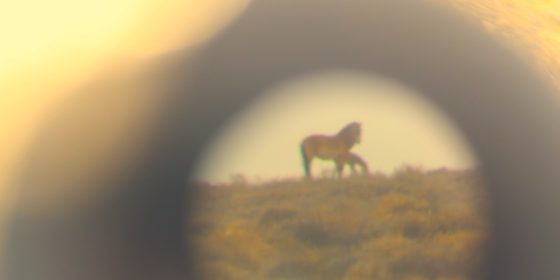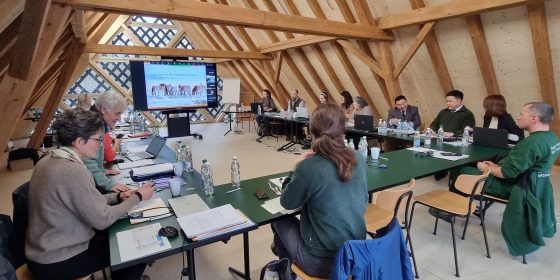
First Takhi-foal of 2024
Happy to announce: the first Takhi-foal of 2024 in the Great Gobi B SPA is born on April 19th! As
After centuries of persecution, the last wild horses in the wild became extinct at around 1970. Since 1992, they have been reintroduced into the Gobi. Nevertheless, their stocks are still small and fragile.
Help us save the wild horse!

Happy to announce: the first Takhi-foal of 2024 in the Great Gobi B SPA is born on April 19th! As

The topics and challenges of the ITG cover a wide field, from the application for a UNESCO World Heritage Site,

This year’s ITG-Workshop was under the motto “New Strategies”. We hosted the workshop in the building “Fauna” in the wildlife
The wild horse once belonged to the fauna of the Mongolian steppe. Hunting and pasture competition reduced its populations to such an extent that the species was considered to be extinct in the wild after 1970. Since their reintroduction in 1992, the takhi have been living in the Great Gobi B plateau, their last retreat in the 1960s.
Enjoy the Takhi song by Khurd
The Great Gobi B was designated as a biosphere reserve in 1972 and has been a Strictly Protected Area since 1975. In 2019, the protected area was expanded from 9,000 km2 to around 18,000 km2 by a resolution of the national parliament. This expansion is also a success of the Takhi Project and the ITG.
Nomads have been living in the Great Gobi B since time immemorial. Their way of life is fundamentally sustainable and compatible with the ecosystem. Today, they support the idea and goals of the protected area. The ITG endeavors to promote the exchange of knowledge and to enable alternative, resource-saving incomes with the help of socio-economic projects.
Since its foundation in 1999, l’International Takhi Group (ITG) has been coordinating the reintroduction of the takhi into the Great Gobi – based on an exclusive contract with the Mongolian government. Today, their strategy also includes the protection and large-scale integration of the steppe ecosystems.